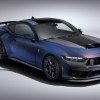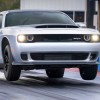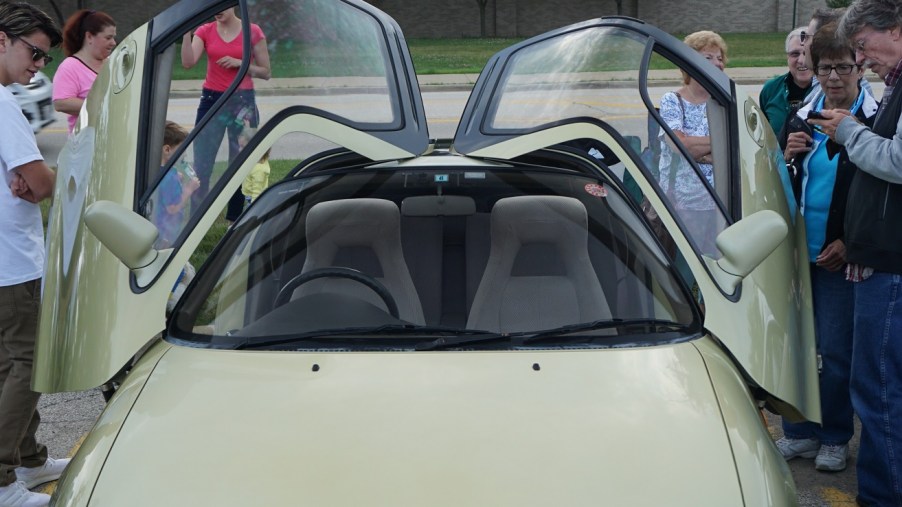
This Obscure Toyota Inspired the McLaren F1 Supercar
Although the latest Bugatti may have eclipsed it in raw speed, the McLaren F1 is still an incredible supercar. Not to mention it’s still the fastest naturally-aspirated production car in the world. Even though it was never designed for racing, a mildly-modified road version won Le Mans outright in 1995. It was the first production car with a carbon fiber chassis, and its engine bay was lined with gold. But one aspect of the McLaren F1’s design came from a humbler, lesser-known car: the Toyota Sera.
How the Toyota Sera influenced the McLaren F1
The Toyota Sera is the product of Japan’s Bubble Era economy, Jalopnik explains. It’s the same late 80s-early 90s period that gave the world the Autozam AZ-1, Lexus LS400, and Nissan Skyline GT-R. Japanese automakers had money to burn, which meant a lot of projects got green-lit.
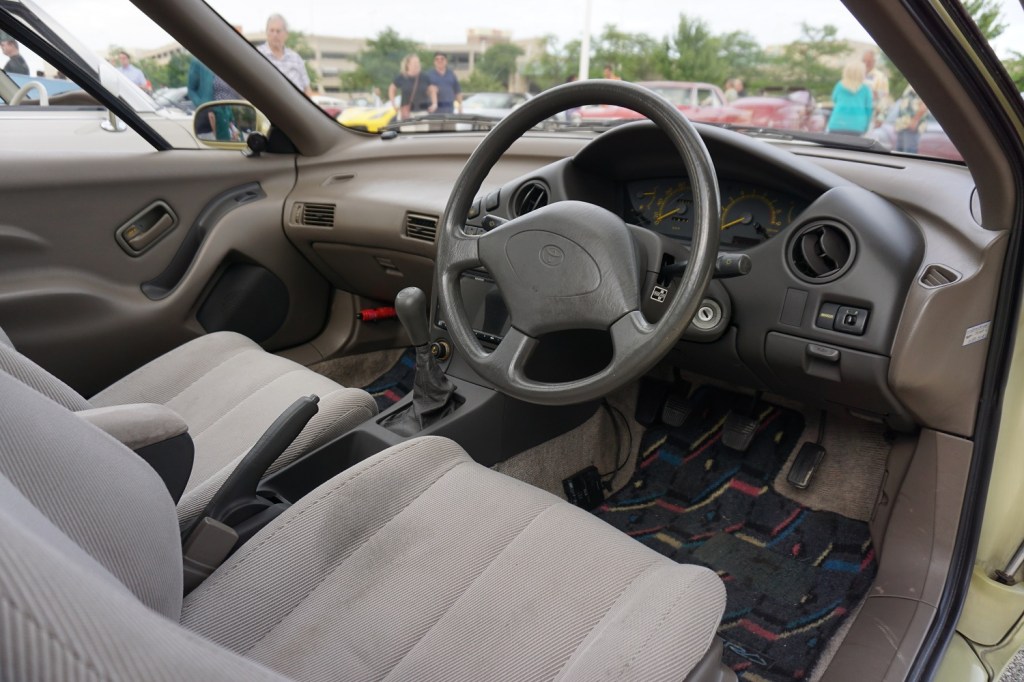
Mechanically, Autotrader reports, the Toyota Sera wasn’t actually terribly special. It had a 1.5-liter four-cylinder that made 110 hp, Bring a Trailer reports. And while it offered a 5-speed manual, it was also front-wheel drive. Though it did have a rotating speaker system that switched between “Casual” and “Funky”. But none of those features was the Sera’s piece de resistance.
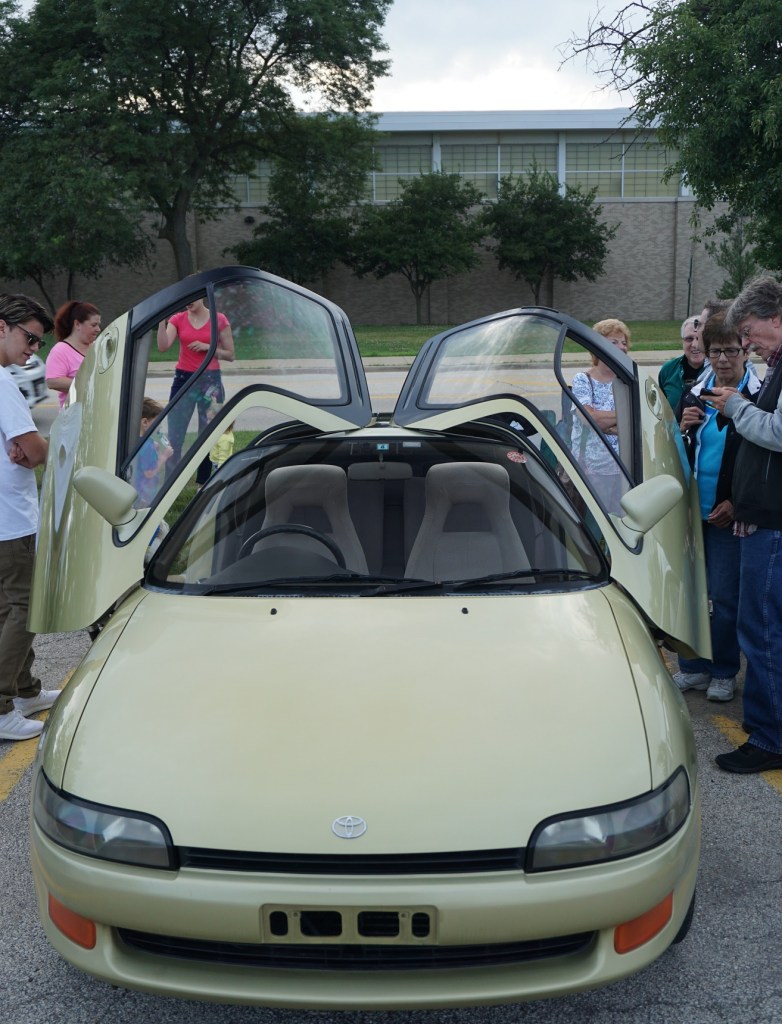
While many of the Sera’s parts came from contemporary Toyotas, the Sera was the only one with butterfly doors. In fact, the Toyota Sera was only the second road-going production car in the world with these A-pillar-hinged butterfly doors, according to Autotrader. But it was about to be joined by another.
Toyota only made the Sera from 1990-1995, and it was only sold in Japan. However, one somehow ended up in England. And the McLaren F1’s designer, Gordon Murray, drove past it every day, according to his interview with Car Magazine. In fact, to get started on the F1’s design, Murray ended up buying a Sera to study its door mechanisms.
However, the butterfly (aka ‘dihedral’) doors weren’t there just to be theatrical. They actually served a logical purpose, as much of the rest of the F1.
The McLaren F1’s other interesting features
Doug Demuro spent some time digging into the McLaren F1’s quirks and features. Specifically, Jay Leno’s F1. And there’s a reason, Road & Track reports, why even today automotive veterans still geek out over it.
Firstly, those doors genuinely resolve an issue. Murray wanted the F1 to be as balanced as possible. So, the driver’s seat was mounted directly in the middle. However, to give the supercar a measure of practicality, 2 passenger seats were also installed, one on either side of the driver. But, to give the driver access to the central seat, McLaren had to remove part of the floor and roof. A normal door wouldn’t work—hence the Toyota Sera-style butterfly doors.
But the doors are just the tip of the McLaren F1’s detail iceberg. Because this was before over-the-air updates and WiFi hotspots, the F1 had a built-in modem for contacting the McLaren factory. And the car’s computer system was so advanced, only one computer at the time was able to interface with it. Rather hilariously, Jalopnik reports, McLaren F1 technicians still use a roughly 20-year-old Compaq computer in order to service the car.
However, because the F1 was designed as the ultimate analog sports car, there’s no ABS, no traction control, or even power steering. Yet, R&T reports, “the steering geometry was so considered that the car’s unassisted wheel was rock-solid at autobahn speed but light enough for one-handed parking.”
There’s a Kenwood CD changer made especially for the F1 because no one else could make one light enough. To service the clutch, the McLaren technicians use an actual slab of granite certified to within 0.00004”, R&T reports. Instead of a traditional defroster, the F1’s windshield has an electrically-powered plasma-sprayed resistive defroster film. The list just goes on and on.
Getting a Sera of your own
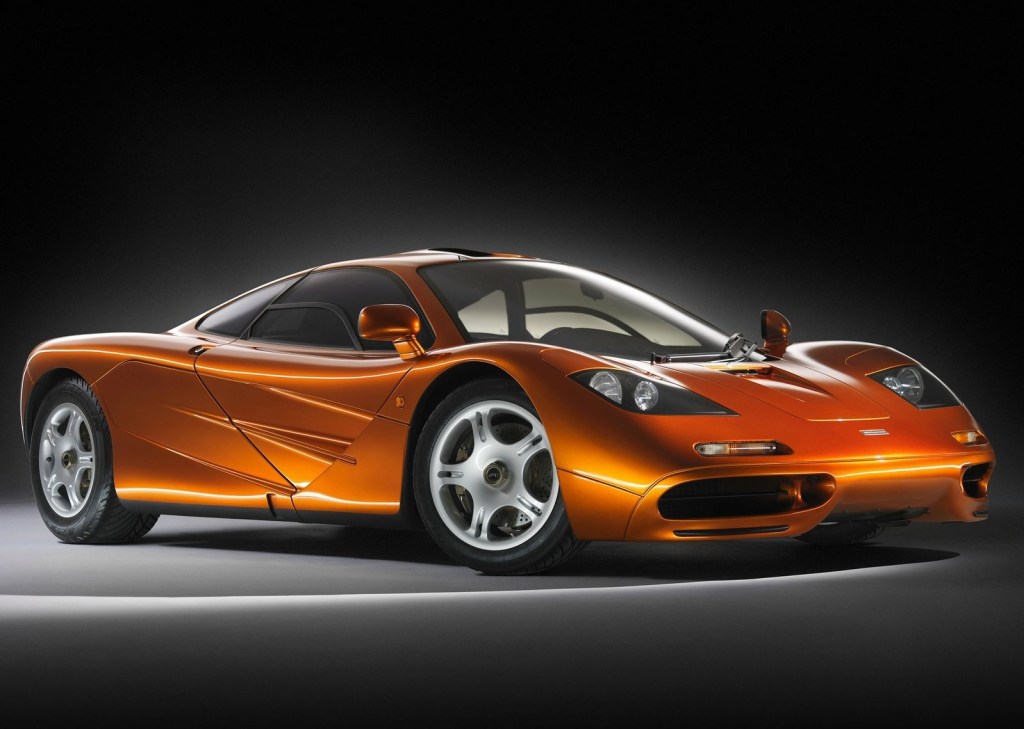
Unfortunately, only a handful of people will ever be able to experience the McLaren F1. Only 64 road cars were ever made, and they sell for millions. But, if you want some of the experience of opening those butterfly doors, a Toyota Sera is much more affordable.
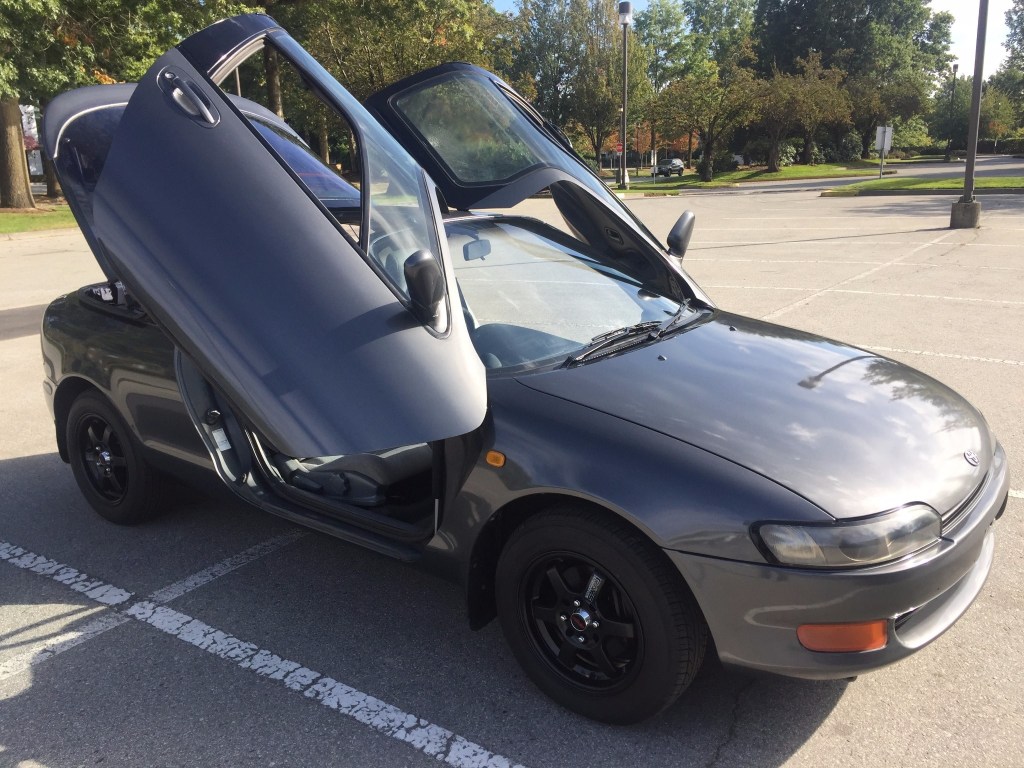
Every Sera is now old enough to import. And the prices are extremely reasonable. One example sold on BaT in 2017 for under $5000. And Duncan Imports, at the time of writing, lists several Toyota Seras from $10,000-$13,000.
You won’t get McLaren F1 speed. But you will get at least a taste of its theater.
Follow more updates from MotorBiscuit on our Facebook page.
